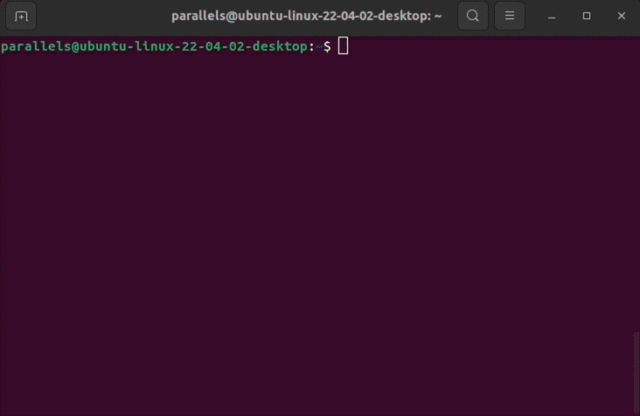
Back when the nightly version of AdGuard for Linux first surfaced, I reported on its potential and how it aimed to bring proper ad-blocking to the command line. Now, with version 1.0 officially released today, AdGuard for Linux is no longer experimental — it’s a complete and stable tool aimed squarely at users who want powerful, terminal-based protection.
Unlike the Windows and macOS versions that offer full graphical interfaces, AdGuard for Linux is built entirely around the command line. It brings many of the same core features, just in a more lightweight, scriptable format that should appeal to those who live in the terminal.
The new stable release adds several noteworthy features. One of the more useful ones is app exclusions. This allows users to route traffic from certain apps outside of AdGuard’s filtering system. That can come in handy when troubleshooting, or if you’re using services that don’t play nicely with blockers.
To make this easier, AdGuard includes pre-made lists of apps and browsers that can be excluded from HTTPS filtering. These are stored in YAML files, which can be edited manually using a text editor. Once changes are made, restarting protection applies them instantly.
Another welcome improvement is differential filter updating. Instead of pulling entire filter lists every time there’s an update, AdGuard now downloads only the changes. This saves bandwidth and speeds up the update process, while still keeping ad and tracker blocking accurate and up to date.
For those new to the tool, there’s now an interactive setup wizard that guides users through the initial configuration right inside the terminal. That means less guesswork and fewer trips to online documentation. And of course, traditional manual configuration remains available for those who prefer that approach.
AdGuard v1.0 also supports app-level traffic filtering, extending coverage beyond just browsers. This is useful for users who run native apps that connect to the internet but don’t offer in-app ad-blocking.

Custom filtering is flexible as well. You can define your own rules, install AdGuard’s official filters, or even load third-party lists via URL. Managing these filters is done through simple commands that allow you to enable, disable, or remove them on the fly.
The release also improves proxy support. Both SOCKS5 and HTTP proxy modes are now supported, and the tool automatically reloads proxies when settings or filters are changed. This reduces the need for restarts and keeps filtering consistent.
This release of AdGuard may not come with a fancy interface, but for Linux users who prefer function over flash, it checks all the right boxes. It’s encouraging to see it finally reach a stable release. For those looking to block ads and trackers on Linux without relying on browser extensions, this command-line solution is finally ready.


